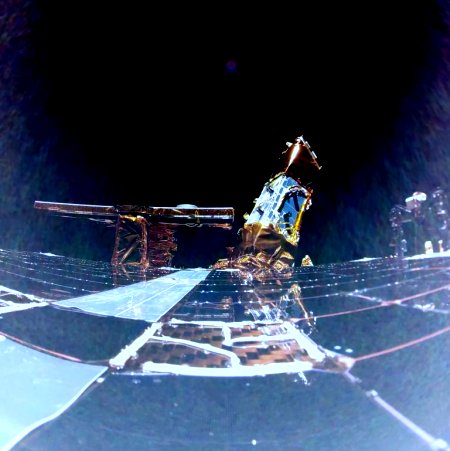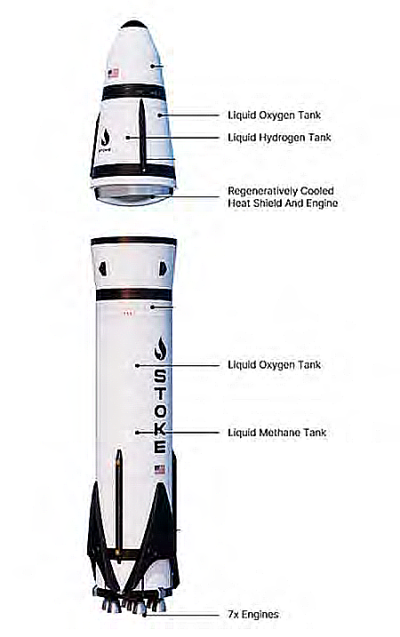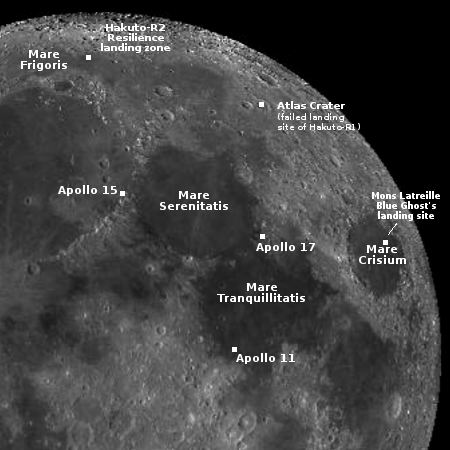General Atomics successfully tests fuels to be used in an in-space nuclear propulsion system
The company General Atomics announced yesterday that it has successfully tested the fuels it wants to use in an in-space nuclear propulsion system for transporting ships to the Moon and beyond much faster and more efficiently than is presently possible with chemical engines.
[General Atomics] executed several high-impact tests at NASA’s MSFC in Huntsville, AL. The nuclear fuel was tested with hot hydrogen flow through the samples and subjected to six thermal cycles that rapidly ramped-up to a peak temperature of 2600 K (Kelvin) or 4220° Fahrenheit. Each cycle included a 20-minute hold at peak performance to demonstrate the effectiveness of shielding the fuel material from erosion and degradation by the hot hydrogen. Additional tests were performed with varying protective features to provide further data on how different material enhancements improve performance under reactor-like conditions.
It has been known since the 1960s the nuclear propulsion is more efficient that chemical engines. It can burn for longer time periods at higher levels, thus making it possible to get to other planets more quickly, in some cases bypassing the need to depend on orbital mechanics.
The problem however has been political. Getting these nuclear engines into orbit has been too much of a political hot potato. The fear of such engines and radioactivity, largely irrational, has made it impossible to get them built. NASA is now trying again.
The company General Atomics announced yesterday that it has successfully tested the fuels it wants to use in an in-space nuclear propulsion system for transporting ships to the Moon and beyond much faster and more efficiently than is presently possible with chemical engines.
[General Atomics] executed several high-impact tests at NASA’s MSFC in Huntsville, AL. The nuclear fuel was tested with hot hydrogen flow through the samples and subjected to six thermal cycles that rapidly ramped-up to a peak temperature of 2600 K (Kelvin) or 4220° Fahrenheit. Each cycle included a 20-minute hold at peak performance to demonstrate the effectiveness of shielding the fuel material from erosion and degradation by the hot hydrogen. Additional tests were performed with varying protective features to provide further data on how different material enhancements improve performance under reactor-like conditions.
It has been known since the 1960s the nuclear propulsion is more efficient that chemical engines. It can burn for longer time periods at higher levels, thus making it possible to get to other planets more quickly, in some cases bypassing the need to depend on orbital mechanics.
The problem however has been political. Getting these nuclear engines into orbit has been too much of a political hot potato. The fear of such engines and radioactivity, largely irrational, has made it impossible to get them built. NASA is now trying again.












